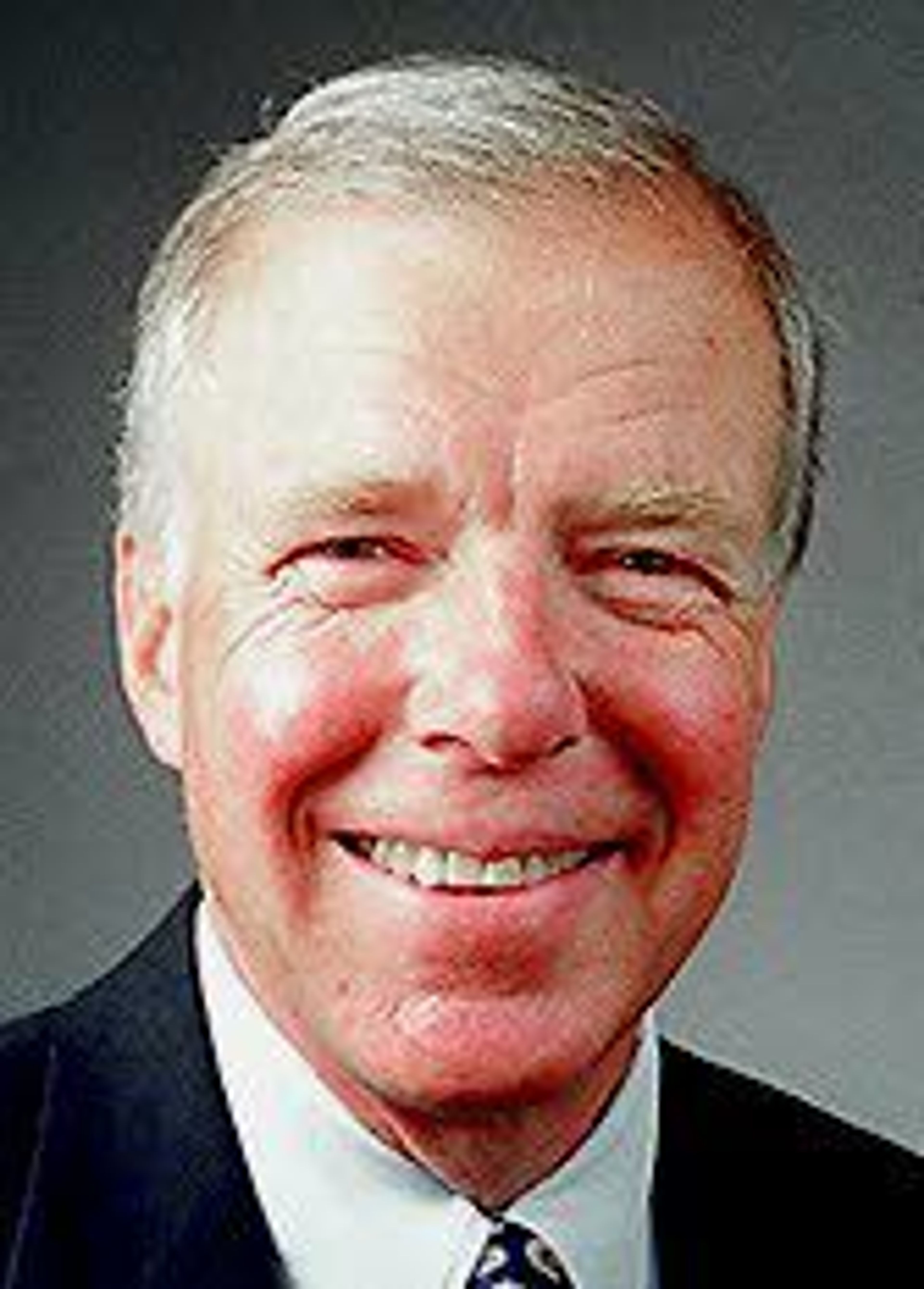Is Monday's 100 on the Lewiston thermometer, as well as Tuesday's 97, a harbinger of what's to come in a likely warm 2015 summer ahead?
In a word, yes. That's the odds.
Take it from this weather watcher, always fascinated with our Lewiston-Clarkston Valley's penchant for triple-digit days in the summer. As well, I'm always fascinated with our comparably comfortable and warmer winters.
Better yet, take it from John Livingston, meteorologist in charge at Spokane's regional federal weather bureau. Reliable John is an expert, not just a follower of weather.
So, is the sudden heat wave this week - setting day records in Lewiston and most other Northwest cities - truly an indicator of what's to come?
"That's not necessarily the case," Livingston said Tuesday. "But it appears we'll be above the average for chance of higher temperatures this summer. It's kind of hard to tell at this stage."
OK, Reliable John. But if you were a betting man, how would you bet on the likelihood of more 100-degree days than average?
"I think the odds are very good there'll be more 100-degree days than usual," he said.
Of course, tracking triple-digit days doesn't completely mean it will be a hotter summer, does it? I mean, having a lot of high 90 maximum-temperature days is probably more instrumental in hot averages, right?
Yes, Livingston agrees, 100 degrees "is an artificial threshold we've created."
So, with one triple digit under our belts, what is our average number of 100-degree days over the past 13 years? We've averaged 10.2 triple digits per summer at the Lewiston-Nez Perce County Regional Airport station, the official temperature location.
Last year? In 2014 we had 19 triple-digit days, starting July 2 and extending to Aug. 11. That was the most triple-digit days of any summer in a 13-year comparison, exceeding 16 in 2003. In 2013, we had the average 10, first on July 1 and the last on Aug. 15.
Monday's 100 degrees was an anomaly, exceeding the day's record of 96 in 1903. In the past seven years, 2008 through 2014, June was completely void of triple-digit days. In 2014, the first came with a 100-degree July 2, and in 2013 106 was reached on July 1, a record for the day. On average, our first triple-digit day is July 4.
July, on average, has about five days with maximum temperatures of 100 or more. August has nearly the same. September seldom has a triple-digit day. The last here was Sept. 3 in 2003 with a 100 high.
What were the warmest days in the past 13 years? We had one 110 on July 13, 2002, a 109 on July 23, 2009, a trio of 108 (in 2007, 2008 and 2012). The maximum in the summer of 2014 was 106 on July 29, the third of a seven-day streak of triple digits. In 2013, the highest was 106 on July 1.
Do you remember the cooler summer of 2010? It had just one triple-digit day, a 100 reading on Aug. 18. There were no triple digits in 1993 and 1995.
The record year for most triple-digit summer days? In three years - 1942, 1939 and 1938 - we had 27. That's right, 27. But we can disregard that, really. In 1956, the government's weather station moved from downtown Lewiston locations, last in the Hotel Lewis-Clark basement - to the Lewiston Airport. That's a change in elevation from 708 feet to 1,437 feet, meaning official temperatures are now less than in the old days.
So, with Reliable John agreeing the odds call for more triple digits in 2015 than the average of 10, what does it portend for the Inland Northwest wildfire season? And for fishing enthusiasts, the mild spring, less snowpack, an early start to hotter days?
"Yes, the big news is disappearance of snowpacks and lower river flows," Livingston said. "There's a lot of chatter whether we'll have a worse fire season, or not. Certainly, the weather is an indicator but not a great indicator. Our rainfall has been about average in 2015. The best indicator is the weather we'll have during the (summer) season."
So, the conventional wisdom? "Yes," Livingston said, it's likely to be a difficult wildfire season "just because of the warmer temperatures that are forecast. It will depend on the amount of lightning we get." It probably hasn't helped that the past two spring seasons have been milder than average.
Looking down the road, as do ski and snowmobile enthusiasts, is it accurate that another El Nino winter lies ahead in 2015-16? That could mean next winter - as least as of now - won't provide the snow depths that please us on the mountain slopes.
---
Alford is president of Tribune Publishing, the parent company of the Lewiston Tribune. He may be contacted at alajr@lmtribune.com or at (208) 848-2250.









